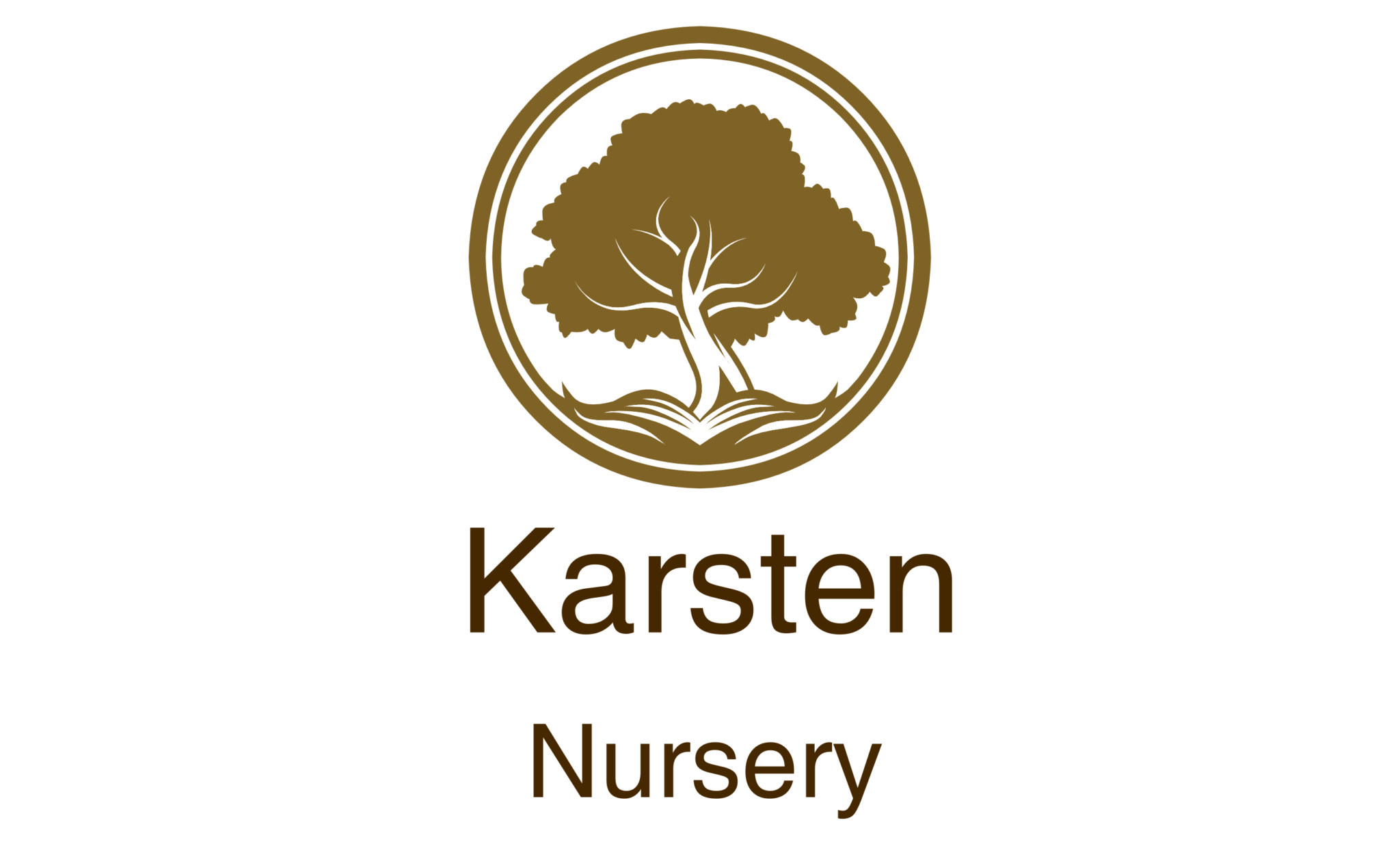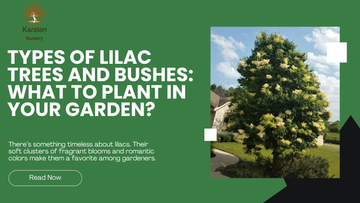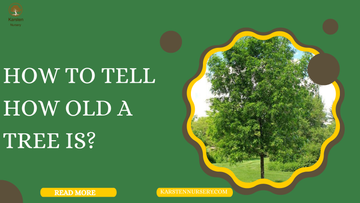
Epsom salt might sound like magic for your garden—sprinkle a little here, and watch the leaves shine and flowers bloom. But not every plant is a fan of this so-called secret weapon. In fact, some plants would rather have you keep it far away.
Just like people, plants have their own likes and dislikes—and giving them the wrong thing can cause more harm than help. So before you grab that bag of Epsom salt, let’s find out which plants would say, “no thanks!” to this garden favorite.
What are the dangers of using Epsom salt on houseplants?
Epsom salts for plants are often known as a fix-all, but for many houseplants, they’re unnecessary. In fact, overusing it can cause nutrient imbalances and soil toxicity.
Epsom salt is rich in magnesium, and while magnesium is essential, most houseplants already get enough from potting soil and water. Adding more can interfere with calcium uptake—a nutrient they absolutely need.
Quick-Specs:
-
Risk: Nutrient lockout
-
Common impact: Leaf burn or yellowing
-
Affected plants: Peace lilies, Pothos, Spider plants
Using Epsom salt in the garden might be fine, but indoors, conditions are tightly controlled.
Why does Epsom salt harm tomato plants?
Is Epsom salt good for plants like tomatoes? Well, not always.
While magnesium can support fruit development in tomatoes, adding too much can backfire. Excess magnesium competes with calcium, leading to blossom-end rot—a tomato grower’s nightmare.
Quick-Specs:
-
Problem: Calcium deficiency due to magnesium overload
-
Symptoms: Black, sunken spots on the bottom of fruits
-
Ideal use: Only if a soil test confirms magnesium deficiency
So, if you're wondering, how much Epsom salt for plants like tomatoes?—the answer is: as little as possible, and only when needed.
Do succulents like Epsom salt?
Succulents are tough, drought-loving plants with very specific needs. Throwing Epsom salt into their routine can disrupt their delicate balance.
These plants store nutrients efficiently. Dumping extra magnesium into the soil may upset their natural water and nutrient retention strategies.
Quick-Specs:
-
At risk: Aloe vera, echeveria, jade plants
-
Signs of distress: Root rot, leaf wrinkling
-
Best practice: Stick with succulent-specific soil and fertilizer
So no, Epsom salt for plants like succulents? Not a great idea.
Is Epsom salt safe for herbs?
Herbs like basil, thyme, and parsley have different nutrient needs compared to vegetables. While some may tolerate Epsom salt in small doses, many don’t need it at all.
Adding Epsom salt for herbs too often can cause salt build-up, stressing roots and impacting flavor.
Quick-Specs:
-
Most sensitive herbs: Cilantro, oregano, chives
-
Potential issue: Reduced essential oil content
-
Better alternatives: Compost or organic herb fertilizer
So next time you think, is Epsom salt good for plants like herbs?—think twice, especially if they’re thriving without it.
Can Epsom salt kill plants?

Will Epsom salt kill plants? Unfortunately, yes—it can.
Too much magnesium salts the soil, disrupts nutrient balance, and damages roots. Once that damage starts, recovery is tough.
Quick-Specs:
-
Killer combo: High dosage + poor drainage
-
Victims: Seedlings, ferns, tropicals
-
Symptoms: Wilting, leaf scorch, stunted growth
Always dilute properly and only apply when absolutely necessary. When in doubt? Don’t.
Why you should not use Epsom salt on certain vegetables?
Epsom salt gardening isn’t a one-size-fits-all method. Leafy greens like lettuce, kale, and spinach don’t usually suffer from magnesium deficiency.
In fact, too much Epsom salt can create imbalance, leaving them more prone to pests and mildew.
Quick-Specs:
-
Sensitive veggies: Lettuce, cabbage, kale
-
Symptoms: Yellow edges, reduced growth
-
Alternative solutions: Compost tea or seaweed extract
So epson salt for plants like leafy greens? Better to skip it.
Is Epsom salt bad for sandy soil?
Yes, Epsom salt is bad for sandy soil especially when overused.
Sandy soil already struggles to hold onto nutrients. When you add magnesium sulfate, it quickly washes away, leaving both your plants and wallet poorer.
Quick-Specs:
-
Biggest issue: Leaching of magnesium
-
Effect: Weak plant development
-
Better fix: Organic matter like compost or well-rotted manure
Instead of pouring Epsom salts into sandy soil, focus on building its structure and fertility the slow, sustainable way.
What plants show yellow leaves after Epsom salt use?

If the leaves of your plants turn to be yellow after using Epsom salt, it’s a red flag. Many interpret yellowing as a magnesium deficiency—but too much magnesium can mimic the same symptoms by blocking other nutrients.
Quick-Specs:
-
Common suspects: Gardenias, citrus, peppers
-
Visible signs: Interveinal yellowing (veins green, rest yellow)
-
Other causes: pH imbalance, root damage
So, before you reach Epsom salts again, test your soil. Yellow doesn’t always mean “more magnesium.”
How to know if a plant has Epsom salt toxicity?
Epsom salt toxicity isn’t always obvious, but here are some telltale signs:
-
Leaf curling or browning
-
Slowed growth
-
Wilting despite moist soil
-
White crusts on soil surface
Quick-Specs:
-
Onset: After 2–3 heavy applications
-
At-risk areas: Potted plants with poor drainage
-
Treatment: Flush soil with clean water
If you spot these signs, stop Epsom salt applications immediately and flush the soil thoroughly.
Final Thoughts
While Epsom salt can be beneficial for some plants, it's not a one-size-fits-all solution. Certain species are sensitive to magnesium or sulfate buildup and may suffer more harm than help. Understanding your plants’ specific needs is key to helping your garden thrive. Always research before applying any supplement—and when in doubt, stick to well-balanced, proven growing methods.
Karsten Nursery has been helping gardeners and landscapers across the U.S. grow vibrant, healthy trees and shrubs. As a family-owned production nursery founded by Glen Karsten, we take pride in offering quality plants backed by generations of horticultural knowledge.
FAQs
Q: Can I sprinkle Epsom salt around plants?
Yes, but proceed with caution. Sprinkling Epsom salt around plants is only recommended if you’re addressing a proven magnesium deficiency. Even then, it’s better to dissolve it in water (1 tablespoon per gallon) to avoid salt buildup in the soil.
Q: How to use Epsom salts in the garden?
To use Epsom salts for gardening, mix them into water for a foliar spray or soil soak. The general guideline is 1 tablespoon per gallon of water, applied monthly. Use only when plants show signs of magnesium deficiency—like yellowing leaves between the veins—or after a soil test confirms the need.
Q: Can we use Epsom salt uses for plants?
Epsom salt as fertilizer is primarily used to: correct magnesium deficiencies, support seed germination, enhance nutrient uptake and promote flower blooming in roses and peppers.
Q: Is spraying Epsom salt on houseplants good or bad?
Spraying Epsom salt on houseplants is usually not recommended unless a magnesium deficiency is confirmed. Most potting soils already contain adequate nutrients. Spraying too much can cause leaf burn or disrupt nutrient absorption.
Q: Which plants benefit from Epsom salt?
Plants that benefit from Epsom salt include: Tomatoes (only with a deficiency), Peppers, Roses and magnesium-hungry plants like azaleas and rhododendrons. For these, using Epsom salt in the garden can enhance growth and bloom—but only with correct application and timing.
Q: Can Epsom salt be used on all plants?
No. Epsom salt for plants isn't universal. Some plants thrive, others decline. Always research or test soil before applying. Blanket use can disrupt your garden’s nutrient balance.
Q: What animals are repelled by Epsom salt?
While not a primary use, some gardeners claim Epsom salt repels:Slugs and snails, Raccoons, Deer (to a lesser extent) and Sprinkling it lightly around plants might help deter pests, but it’s not a long-term solution.
Read more relevant blogs as well. What Part of the Plant Produces Food for the Plant?
What Part of the Plant Produces Food for the Plant?




